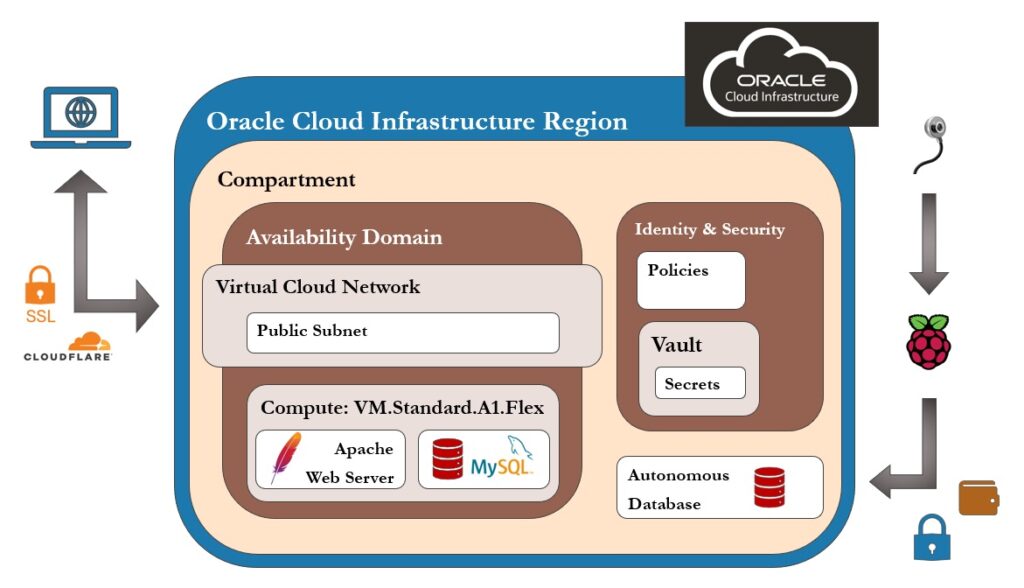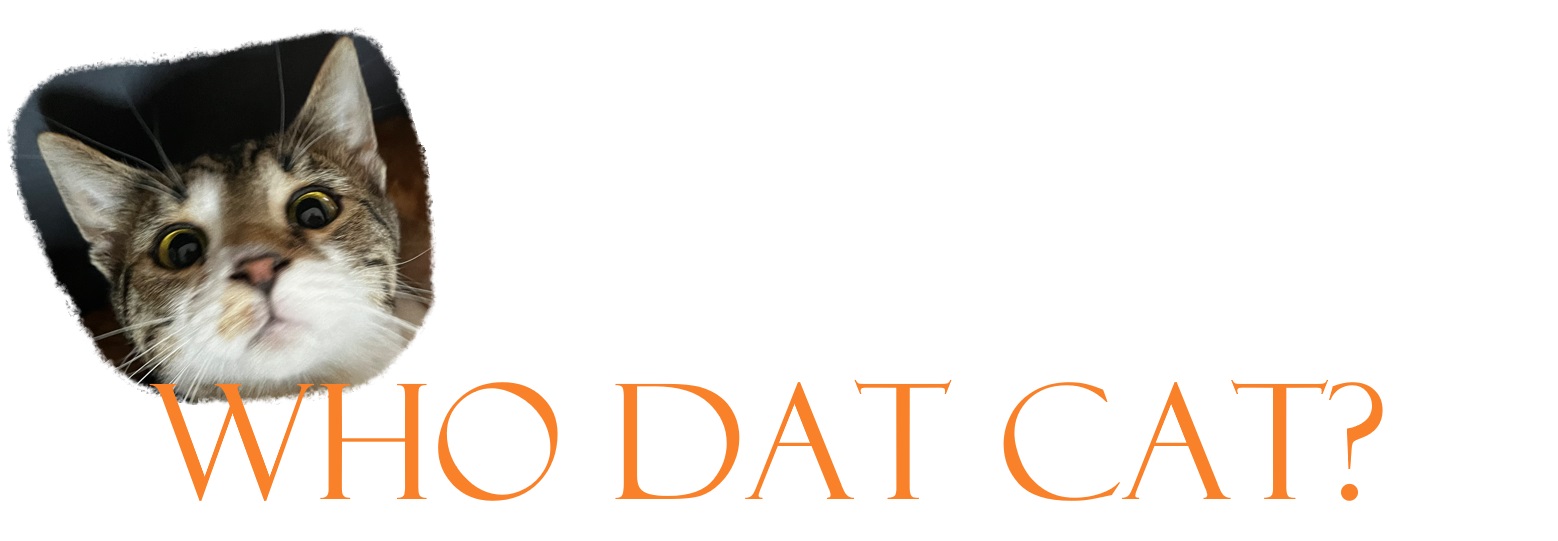
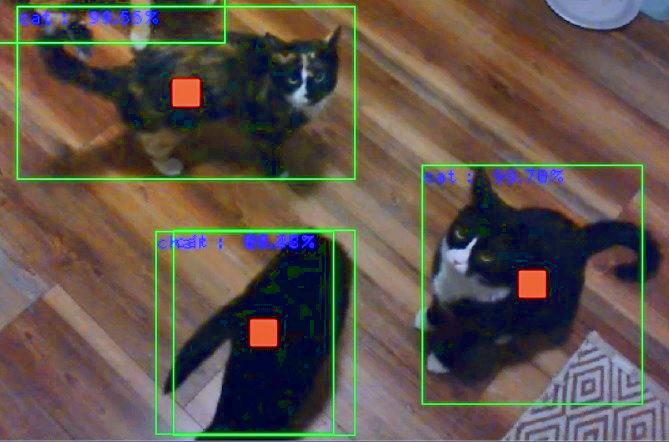


Total Detections in 24 Hours
Total Cats Being Tracked
* One detection currently represents one or more cats in frame.
* Detections are logged in 30 second intervals.
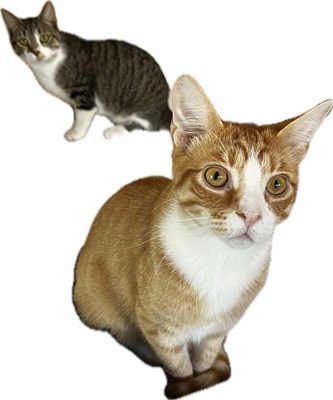
We’re using AI to detect cats! This site is currently in its first of three phases. In this first phase, the AI model detects when a cat (or cats) is in view of a camera that is powered by a Raspberry Pi. A record of each detection is stored in a database in the Oracle Cloud Infrastructure. Those detections are reported in the graph above. Even fancier graphs with more detail will be coming soon!

The next step is to train a machine learning model to distinguish between individual cats. The captured images that are found to be positive matches by the model will be published to the web so viewers can see how accurately the model performs. There are seven cats. Here they are!
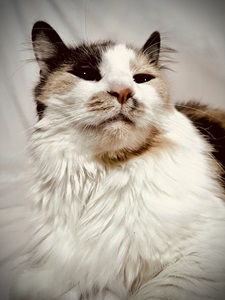
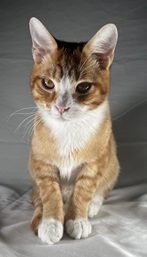
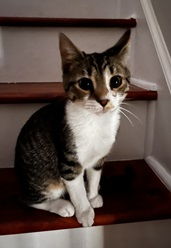
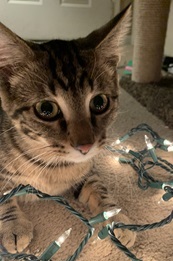
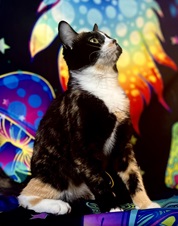
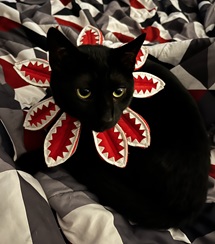
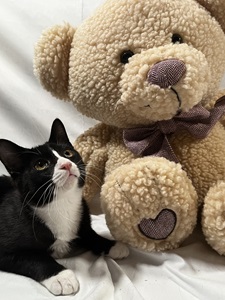
This project currently uses YOLO (You Only Look Once), a machine learning algorithm designed for object detection in images and real-time video by using features learned by a deep convolutional neural network (CNN). Unlike traditional object detection algorithms that use a two-step process of first proposing regions and then classifying them, YOLO performs both tasks simultaneously in a single pass. It divides the input image into a grid and predicts bounding boxes, class probabilities, and confidence scores for each grid cell. YOLO is known for its speed and efficiency, making it particularly suitable for real-time applications. The algorithm can detect multiple objects in an image and is robust against overlapping instances.
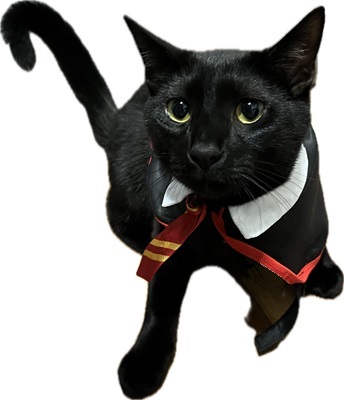
The web server and autonomous database reside in the Oracle Cloud Infrastructure (OCI). Setting this environment up involved several steps to ensure security and reliability. A virtual machine compute instance was first provisioned to host the web server, and a MySQL database was installed for the website backend. The instance OS is Ubuntu, and the web server is Apache. A virtual cloud network with a pubic subdomain was established with the necessary security policies and settings within the OCI console to allow traffic to and from the web server. For now, we opted to program charts using PHP/CanvasJS and ETL processes using python rather than using OCI’s analytic or data integration tools to keep the site within budget ($0 lol).
